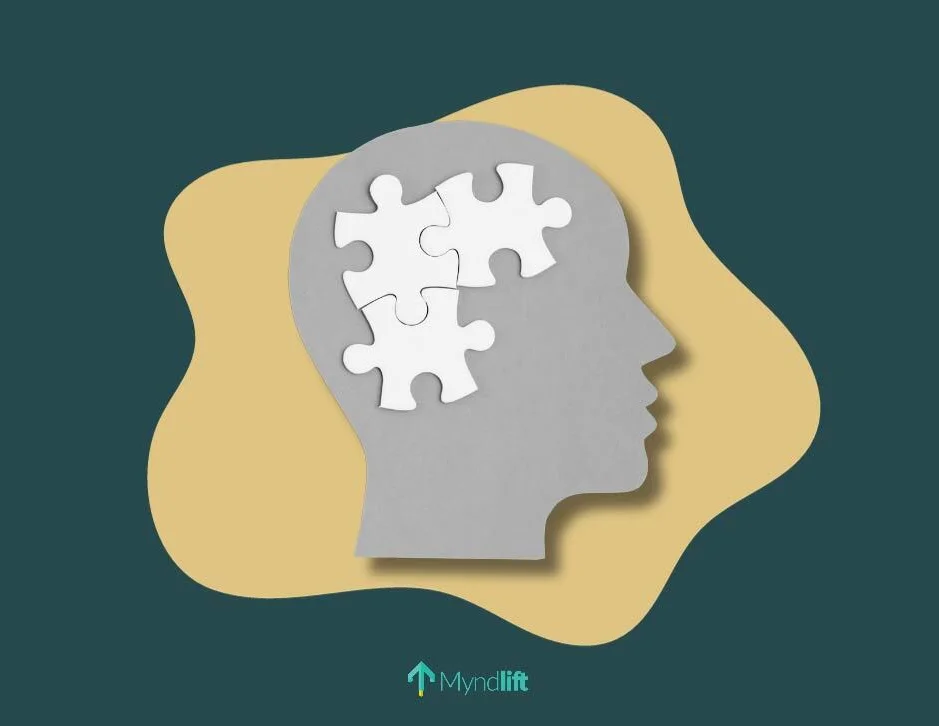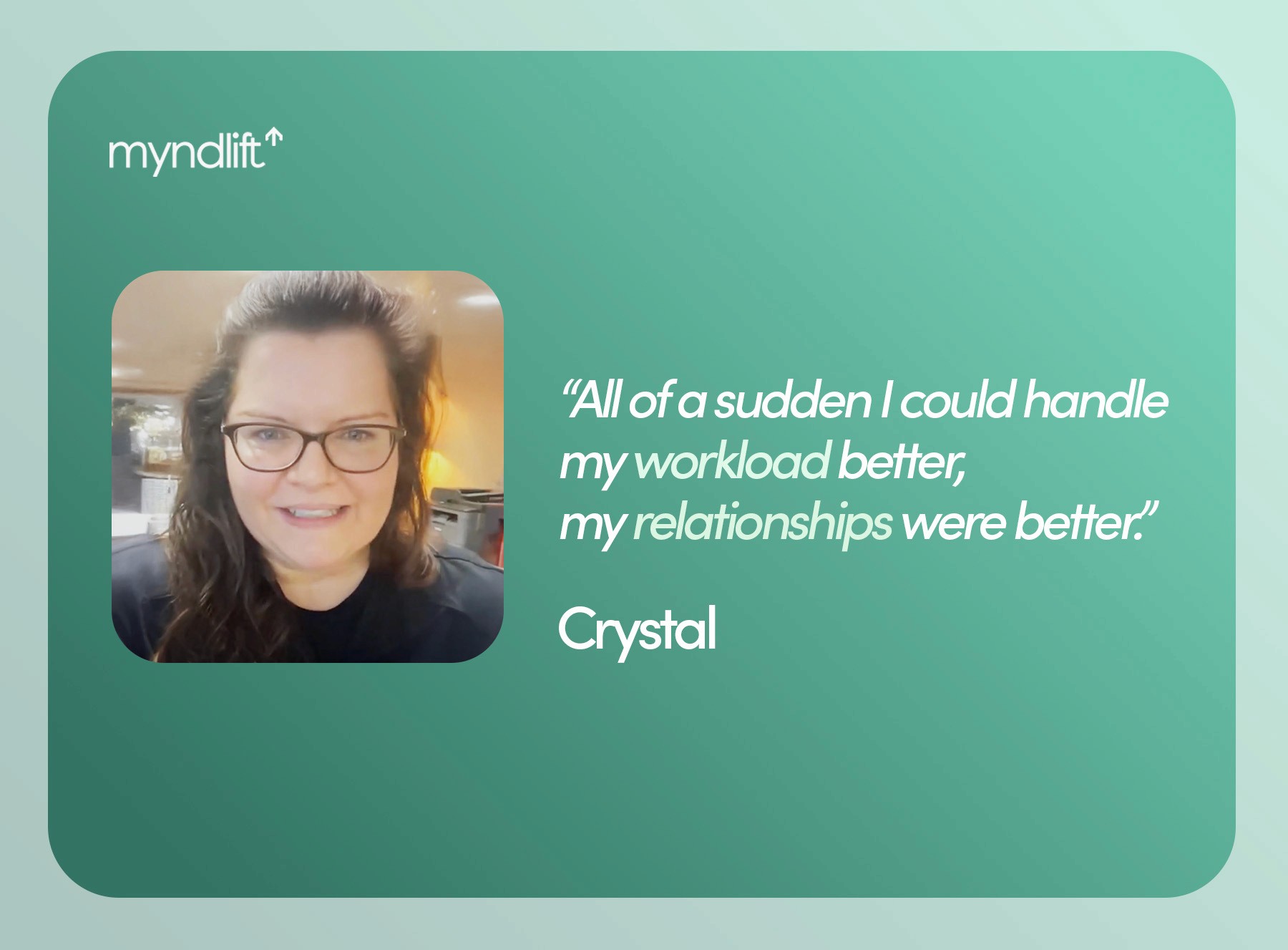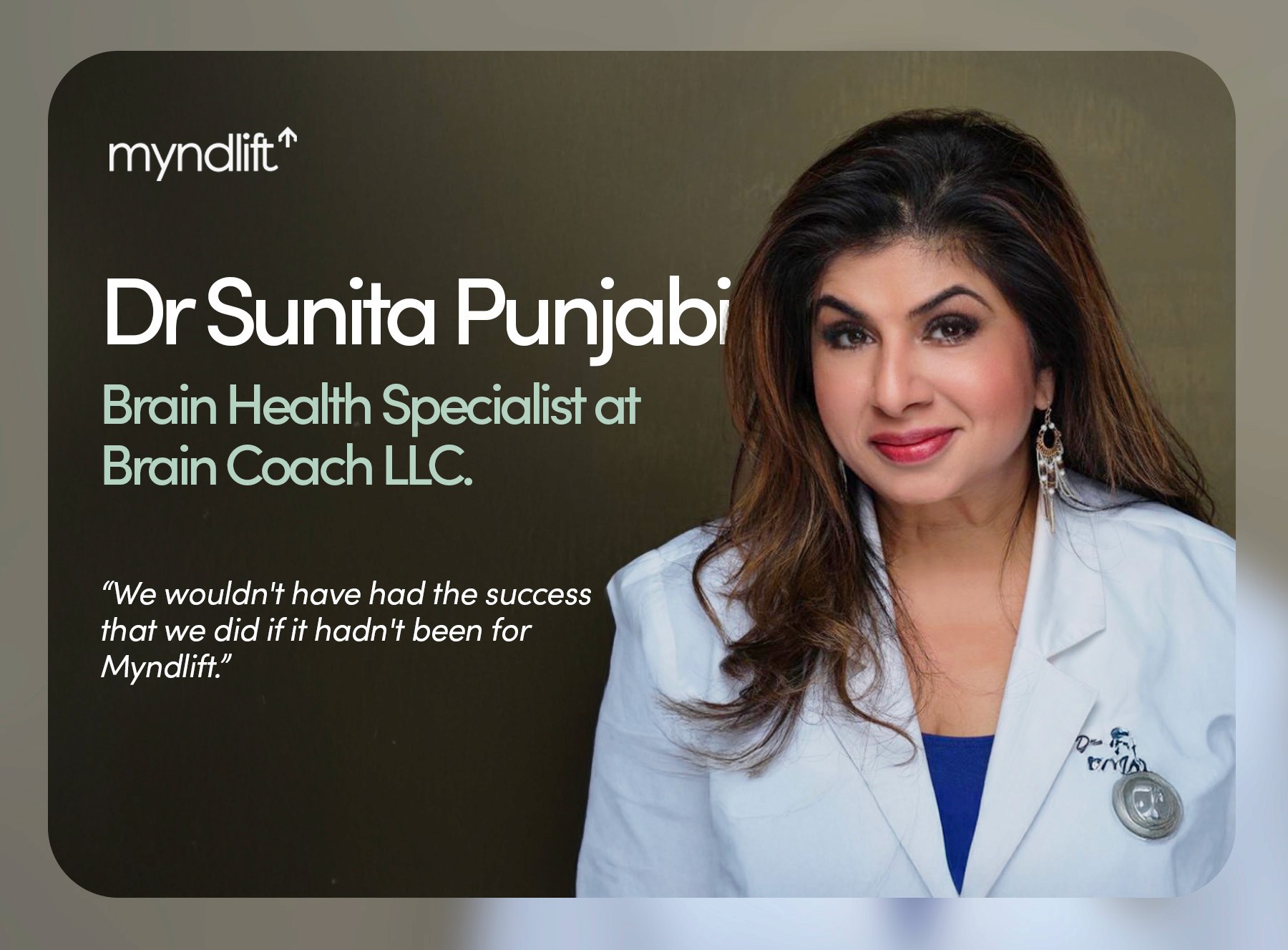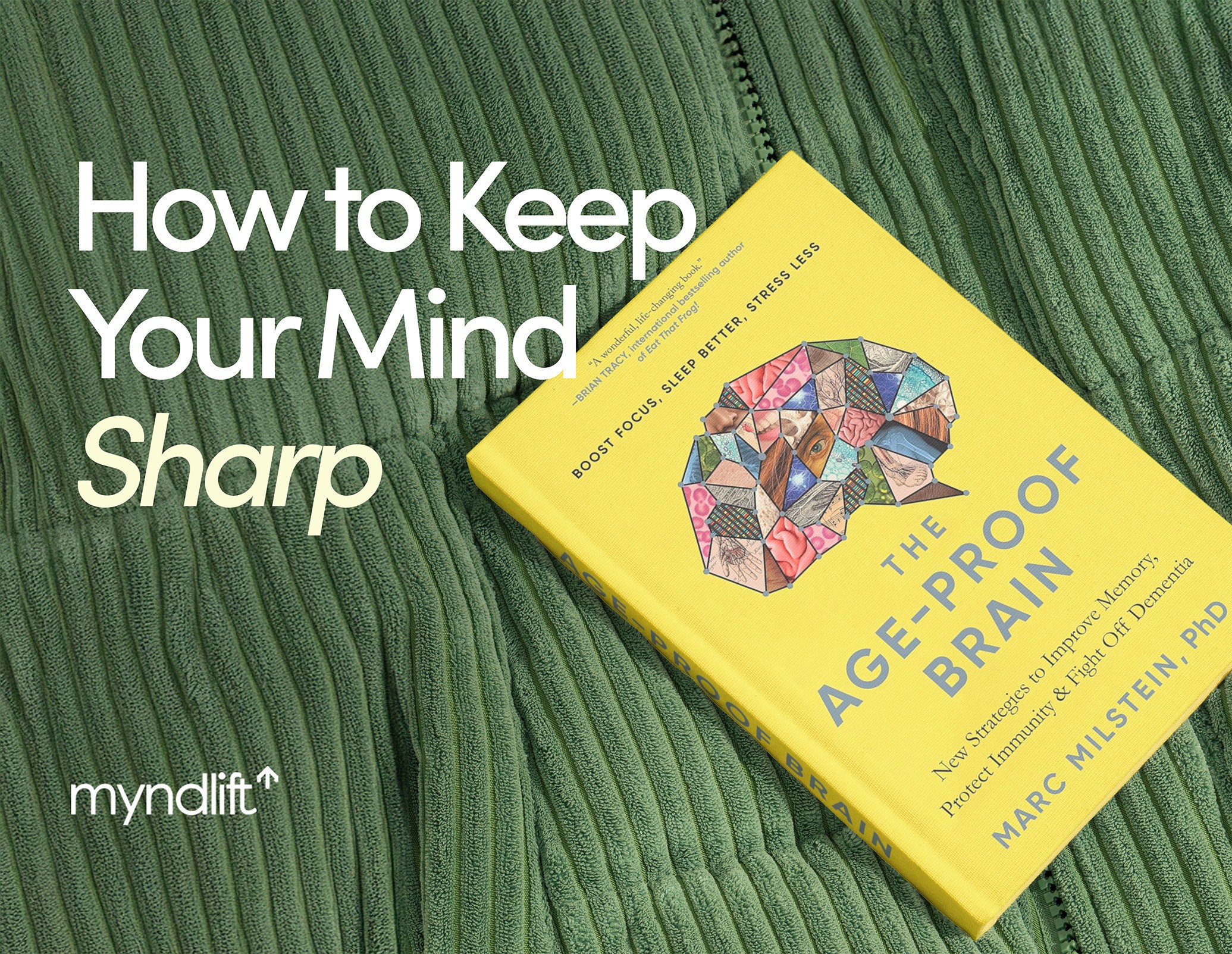Attention-deficit/hyperactivity disorder (ADHD) and attention deficit disorder (ADD) have become household terms, often used interchangeably. But did you know that the diagnosis of ADD is actually outdated?
In fact, the ADD term did not come into use until the third edition of the Diagnostic and Statistical Manual of Mental Disorders (DSM-III) published in 1980. Then, in 1987, an updated version of the DSM-III changed the name to the current ADHD. Why the change? And what are the significant differences between these two terms?
In this article, we'll break down:
The Differences Between ADHD and ADD
Today, there is no ADD vs. ADHD. ADD and ADHD are considered subtypes of the same condition and the same diagnosis, according to the DSM-5.
So why the change in the name? Despite describing the same condition, when ADD was added to the DSM in 1980, hyperactivity was not considered to be a frequent symptom. Therefore, there were only 2 subtypes:
ADD without hyperactivity, where symptoms could include trouble paying attention to detail, forgetfulness, being easily distracted, trouble organizing tasks, and avoiding tasks that require sustained attention and effort.
ADD with hyperactivity, including symptoms such as excessive talking and/or physical movement, constantly fidgeting or being unable to sit still, acting without thinking, and interrupting conversations.
In a pivotal turn of events in 1987, scientists recognized the significance of hyperactivity as a crucial element of the diagnosis. This realization prompted them to remove the hyperactivity distinction, resulting in the official name change to ADHD.
How Many Types of ADHD Are There?
Even though the official name of the condition was changed to ADHD, It wasn’t until the fourth edition of the DSM in 1994 that the three symptoms of inattentiveness, hyperactivity, and impulsivity, were finally broken down into the three ADHD types still currently in use today - mainly inattentive, mainly hyperactive/impulsive, and combined. Let’s break them down:
1. Mainly Inattentive Type
Imagine your attention as a butterfly, always fluttering away from where it's supposed to be. In this type of ADHD, the main feature is inattention. If you’re someone with predominantly inattentive presentation, you may find it challenging to sustain focus and concentration. You might also struggle with staying organized, following instructions, and completing tasks. It's like your attention span takes spontaneous vacations, leaving you feeling scattered and easily distracted.
2. Mainly Hyperactive/Impulsive Type
In this type of ADHD, you might experience having lots of energy and can't seem to sit still or talk excessively. Fidgeting, squirming, and tapping might become your signature moves. On top of that, you may have a hard time resisting the urge to act on your impulses. Patience and self-control often take a backseat as you become driven by impulsive whims.
3. Combined Type
If you have the combined presentation of ADHD, you might experience a mix of inattention, hyperactivity, and impulsivity. For a diagnosis of combined type, your symptoms will be split between inattentive and hyperactive/impulsive symptoms.
What Does ADHD Look Like in Adults?
Diagnosing ADHD in adults looks very similar to that of children and adolescents because it uses the same symptom list. But as an adult getting diagnosed with ADHD, you would meet the criteria if you experience at least 5 persistent symptoms of inattention and/or 5 persistent symptoms of hyperactivity-impulsivity as opposed to the 6 symptoms needed for diagnosis in children.
Your ADHD as an adult may look a little different from childhood ADHD. For example, many adults are more able to outwardly manage symptoms of hyperactivity and have honed strategies to navigate these symptoms more subtly, such as creating regular routines, reducing distractions, and engaging in physical activity.
As an adult with ADHD, your hyperactivity symptoms might manifest as a struggle with general restlessness and a constant need for stimulation that could include: nail biting, tapping your fingers, bouncing your leg, or even participating in high-adrenaline sports like skydiving or bungee jumping.
Furthermore, challenges in executive functioning, such as planning and time management, are common. For instance, you may feel it is challenging to get organized or remember to keep appointments.
When and How to Seek Professional Help
Seeking professional help should be one of the first steps when struggling with any kind of mental health struggles. Remember, you don't have to go through it alone! If you think you might have ADHD, contact a mental health or healthcare provider to get an assessment and diagnosis.
Once you receive an assessment and diagnosis, you can find out what options might be right for you to reduce ADHD symptoms. These options may include::
1. CBT for ADHD
There are a variety of therapies that can be helpful for those with ADHD, and one of the most common types is Cognitive-Behavioral Therapy (CBT).
CBT is a powerful approach for managing ADHD by helping you address unhelpful thought patterns, behaviors, and challenges. Furthermore, CBT can help you build self-awareness, manage impulsivity, and enhance executive function skills through practical exercises and techniques like:
Cognitive Restructuring: This technique helps you identify and challenge the negative or unhelpful thoughts associated with ADHD. By replacing negative thoughts with more realistic and positive ones, you can learn to promote a more balanced and adaptive mindset. This can lead to increased self-confidence, reduced self-criticism, and improved emotional well-being. Learn more about it here.
Behavior Activation: Encouraging engagement in positive and rewarding activities is a key component of CBT for ADHD. Behavior activation helps you identify enjoyable and meaningful activities that can boost motivation, improve mood, and increase focus. By increasing pleasurable and fulfilling experiences, you are more likely to manage your symptoms effectively.
2. Neurofeedback for ADHD
Neurofeedback uses technology to monitor and provide real-time feedback on your brain activity. Think of it as a virtual coach that guides your brain to optimal performance.
During a neurofeedback session, sensors are placed on your head to measure your brainwaves (the electrical signals in your brain). This information is then translated into visual or auditory cues.
Here's where the magic happens! With neurofeedback, you become an active participant in training your brain. When your brainwaves reach desired patterns associated with focused attention and self-regulation, you're rewarded with positive feedback, like a game-winning cheer or a pleasing image.
By providing immediate feedback, neurofeedback helps you develop greater awareness of your brain's activity and eventually learn how to regulate it.
With practice and consistency, your brain learns and adapts, and the improvements can transfer to real-world situations. For example, you may notice enhanced attention, improved impulse control, better organization skills, and increased emotional regulation.
3. Medications for ADHD
ADHD medication offers a potential avenue for managing the symptoms of ADHD.
Backed by documented efficacy, this option has demonstrated its ability to assist people with ADHD in enhancing their focus and concentration. Consulting with a healthcare professional can provide valuable insights into whether medication might be a suitable part of an individualized treatment plan.
Conclusion
While ADD may be an outdated term, it does not mean the current term has any less impact on the daily lives of those struggling with it.
Remember, ADHD is not a limitation; it's a unique aspect of who you are, and with the right tools and strategies, you can navigate life's challenges and embrace your strengths. So, take that first step, seek the support you need, and embark on a journey of self-discovery and empowerment. You've got this!
Myndlift provides a personalized expert-guided brain training program that can help you improve your focus, as well as manage ADHD symptoms such as inattention and impulsivity. Take this 10-second quiz to check if you’re eligible to kick-start your journey for better brain health.
About the author:
Veronica Silver
Veronica Silver is a former therapist turned mental health/substance abuse writer. Her education and experience helps her write from a place of knowledge and compassion. Her goal is to not only to inform, but to get individuals to connect with the information and resources.
About the checker:
Kaija Sander, Ph.D.
Kaija Sander is a cognitive neuroscientist and scientific consultant for Myndlift. She holds a BSc in Biomedical Science with a specialization in Neuroscience and Mental Health from Imperial College London and a PhD in Neuroscience from McGill University. Her doctoral research focused on brain connectivity relating to second language learning success. She is passionate about the broader applications of science to have a positive impact on people’s lives.
References
Assessment and diagnosis. AAFP. (2023, June 1). https://www.aafp.org/family-physician/patient-care/prevention-wellness/emotional-wellbeing/adhd-toolkit/assessment-and-diagnosis.html
Lange, K. W., Reichl, S., Lange, K. M., Tucha, L., & Tucha, O. (2010). The history of attention deficit hyperactivity disorder. ADHD Attention Deficit and Hyperactivity Disorders, 2(4), 241–255. https://doi.org/10.1007/s12402-010-0045-8
Pliszka, S. R. (2019). Amphetamines probably the best first-choice treatment for adults with ADHD. The American Journal of Psychiatry, 176(9), 685–686. https://doi.org/10.3310/signal-000668
Puente, A. N., & Mitchell, J. T. (2015). Cognitive-behavioral therapy for adult ADHD. Clinical Case Studies, 15(3), 198–211. https://doi.org/10.1177/1534650115614098
Romeo, J. (2021, July 20). ADHD: The history of a diagnosis - JSTOR DAILY. JSTOR Daily. https://daily.jstor.org/adhd-the-history-of-a-diagnosis/
U.S. Department of Health and Human Services. (2021a). Attention-deficit/hyperactivity disorder in adults: What you need to know. National Institute of Mental Health. https://www.nimh.nih.gov/health/publications/adhd-what-you-need-to-know#part_6212
Van Doren, J., Arns, M., Heinrich, H., Vollebregt, M. A., Strehl, U., & K. Loo, S. (2018). Sustained effects of neurofeedback in ADHD: A systematic review and meta-analysis. European Child & Adolescent Psychiatry, 28(3), 293–305. https://doi.org/10.1007/s00787-018-1121-4





